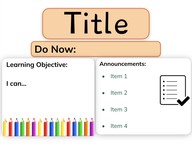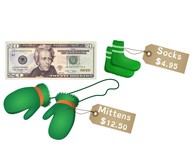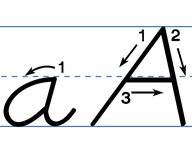
Calculating with the date
Students learn to determine the date in without a calendar.
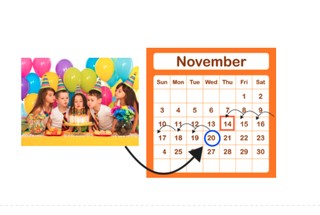
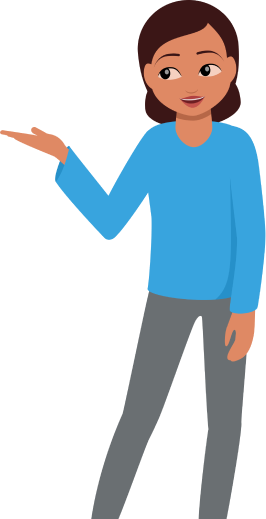

8,000 schools use Gynzy
92,000 teachers use Gynzy
1,600,000 students use Gynzy
General
Students learn to determine date without a calendar.
Standards
CCSS.MATH.CONTENT.1.MD
Learning objective
Students will be able to I calculate the date in days, months, and years without looking at a calendar.
Introduction
Have students determine the day and practice writing the date in full and abbreviated form. (Note- you can choose to discuss with students that America usually writes the dates as month-day-year, but that many other countries write it as day-month-year).
Instruction
Discuss the importance of being able to determine or calculate date without a calendar. Explain that when you are going to calculate dates it might be helpful to use the sneaky shortcut (or mnemonic device) to determine if a month has 30 or 31 days. You do this by counting months on your knuckles. The months on knuckles are 31 days, the months between knuckles are 30 days, with February as an exception. You can choose to also mention or discuss leap years and the fact that February has 29 days about every 4 years. Explain how to calculate with the date. First determine what day it is. Then you count forward or backward to reach the second date. Check that students understand by solving a problem as a class and then individually or in pairs. Then explain to students how they can calculate weeks. Start by looking at what day it is. Then you count 2 x 7 days or two weeks. Remind students that 7 days is a week and that when they count 7 days forward (or backward) they would be directly above or below the starting number on a calendar. Check that students understand by solving a problem as a class and then individually or in pairs. Then discuss how to determine how old someone is. Emphasize to students that they must take special note to see if the person has had their birthday or not that year, because it makes a big difference! Ask students to solve the given problems individually or in pairs.
Check that students are able to calculate new dates without the calendar by asking the following question:
- What do you have to pay attention to when calculating how old someone is?
Quiz
Students are given a set of 10 problems in which they must determine the number of days or weeks before or after an event has occurred and must also solve problems to determine how many years old someone is.
Closing
Discuss the importance of the learning goal with the students. To close the lesson have students form pairs to try to solve the math puzzle. Remind students to read carefully.
Teaching tips
Students who have difficulty with this learning goal can start with practicing with a calendar on hand. Have students calculate by counting forward or backward on the calendar to calculate days. Then have students practice recognizing 7 days as one week, and that the day is directly above/below a given number.
Instruction materials
Optional: laminated calendar sheets to use as practice.
The online teaching platform for interactive whiteboards and displays in schools
Save time building lessons
Manage the classroom more efficiently
Increase student engagement
Discover more!
About Gynzy
Gynzy is an online teaching platform for interactive whiteboards and displays in schools.
With a focus on elementary education, Gynzy’s Whiteboard, digital tools, and activities make it easy for teachers to save time building lessons, increase student engagement, and make classroom management more efficient.
